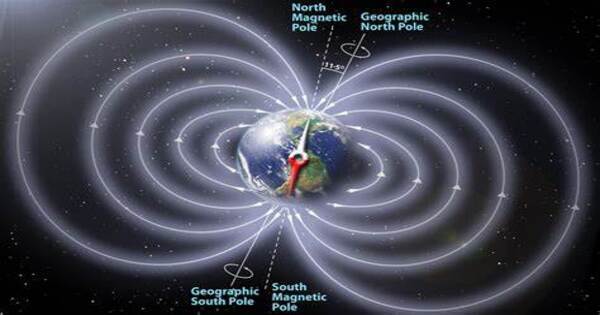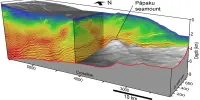To “breathe” in an oxygen-free environment, bacteria in the ground beneath our feet rely on a single family of proteins to transfer excess electrons produced during the “burning” of nutrients to electric hairs called nanowires projecting from their surface, discovered by researchers at Yale University and NOVA School of Science and Technology, NOVA University Lisbon.
According to co-senior authors of the new study Nikhil Malvankar, associate professor of Yale’s Molecular Biophysics and Biochemistry Department and Microbial Sciences Institute, and Carlos Salgueiro, Full Professor at NOVA-FCT, this family of proteins essentially acts as plugs that power these nanowires to create a natural electrical grid deep inside the Earth, allowing many types of microbes to survive and sustain life.
Malvankar’s lab and Salgueiro’s lab have extensively studied the components of this microbial electrical grid. However, it was unclear how bacteria can transmit excess electrons produced by metabolic activity into nanowires projecting from their surface and connecting with minerals or neighbors.
For a long time, scientists were puzzled by the source and nature of these deep Earth electrical currents. The mystery deepened when studies revealed that these currents were stronger and more widespread than previously thought, extending thousands of kilometers beneath the Earth’s surface.
Malvankar’s lab and Salgueiro’s lab have extensively studied the components of this microbial electrical grid. However, it was unclear how bacteria can transmit excess electrons produced by metabolic activity into nanowires projecting from their surface and connecting with minerals or neighbors. They found that many kinds of soil bacteria depend upon a single, widespread family of cytochromes inside their bodies to charge nanowires.

Understanding the specifics of nanowire charging is critical for the possible creation of new energy sources and biomaterials, as well as their environmental impact. According to Malvankar and Salgueiro, bacteria absorb 80% of the methane emitted from ocean floors, which contributes significantly to global warming. However, bacteria on Earth’s surface are responsible for 50% of methane emissions into the atmosphere. They suggested that understanding different metabolic processes could help reduce methane emissions.
The Earth’s outer core is experiencing turbulent convection, which is being pushed by heat from the planet’s interior as well as core cooling. This convection mechanism produces electric currents via a phenomenon known as the “dynamo effect.” These currents, in turn, generate the earth’s magnetic field.
The finding and understanding of these deep Earth electrical currents is important for a variety of reasons. First, they assist scientists in better understanding the Earth’s internal dynamics and how it generates a magnetic field. Second, they may have ramifications for our ability to forecast and investigate geological dangers such as earthquakes and volcanic eruptions. Finally, they open up new possibilities for understanding the Earth’s innards and history using geophysical and geochemical methods.
















